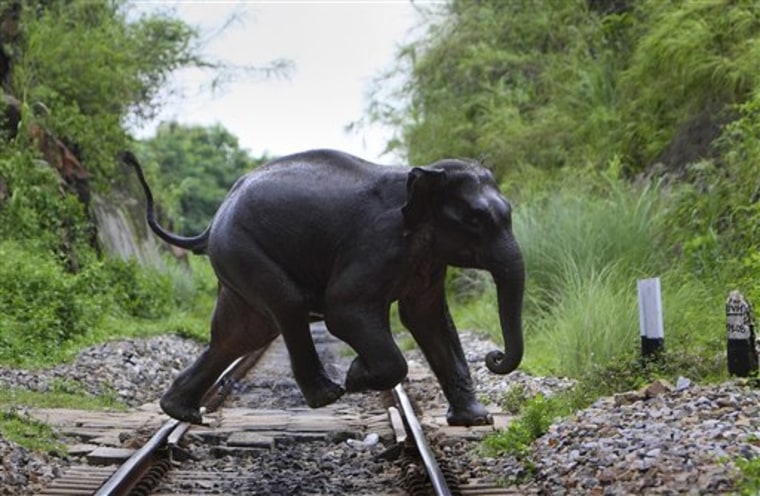All elephants living in Indian zoos and circuses will be moved to wildlife parks and game sanctuaries where the animals can graze more freely, officials said Friday.
The decision affects around 140 elephants in 26 zoos and 16 circuses in the country, said B.K. Gupta, an officer at India's Central Zoo Authority.
The order followed complaints from animal rights activists about elephants that are kept in captivity and often chained for long hours, Gupta said.
The elephants currently living in zoos or circuses are to be moved to "elephant camps" run by the government's forest department and located near protected areas and national parks. There they would be able to roam and graze freely, but "mahouts," or traditional elephant trainers, would still keep an eye on them.
Some elephant experts, however, were skeptical about moving the elephants to wildlife preserves, many of which are under pressure from encroaching human habitation.
"Special facilities have to be created, perhaps outside the wildlife sanctuaries. It may add to the pressures faced by natural habitats," said Raman Sukumar, a professor of ecology at the Indian Institute of Science, Bangalore.
Increasingly, research shows that elephants in the wild have longer life spans and better health and reproductive records than those in captivity, Sukumar said.
Zoo elephants often die prematurely and contract diseases or suffer obesity and arthritis more frequently than in their natural habitats, he said.
India has an estimated 28,000 wild elephants living in forest reserves and national parks, mainly in the southern and northeastern parts of the country. Another 3,500 elephants live in captivity, many of them in temples, or working in logging camps where they are used to lift timber. No decision has been made about them.
